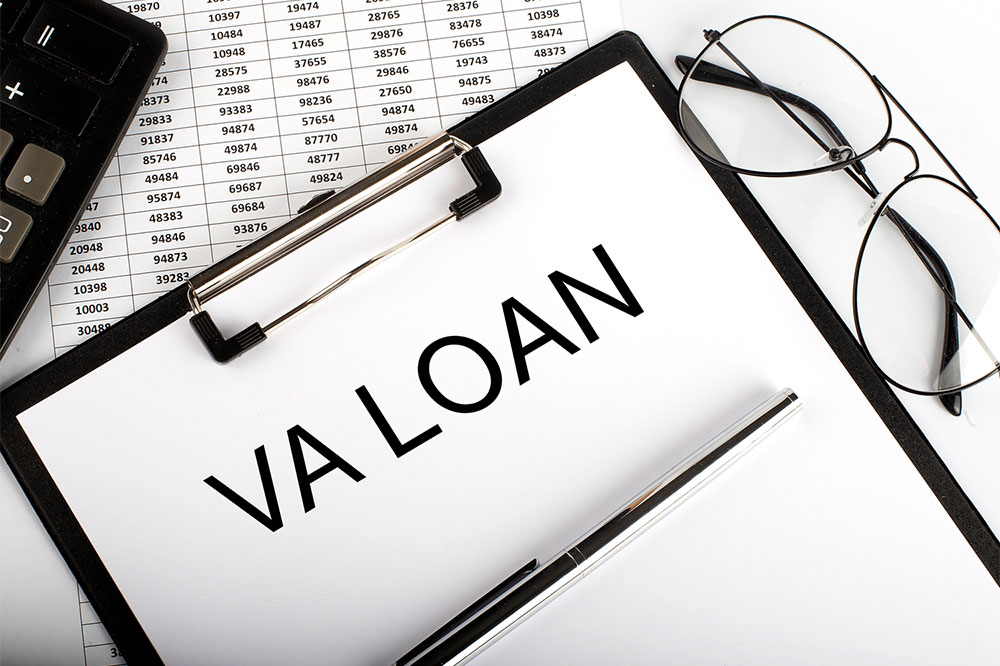Guide to VA Home Loan Refinancing Options
This article provides a comprehensive overview of VA home loan refinancing options, including the traditional refinance, IRRRL, and conversions from conventional loans. It guides veterans through eligibility, application steps, and benefits such as lower rates and flexible terms, helping them make informed financial decisions. Understanding these programs can lead to significant savings and better mortgage management for eligible homeowners.

Guide to VA Home Loan Refinance Options
Refinancing your VA home loan allows you to replace an existing mortgage with a new one that offers different terms. Whether you're interested in accessing home equity or switching from a conventional loan to a VA-backed loan, a VA refinance can be beneficial. Eligibility criteria and application procedures, including obtaining a certificate of eligibility, are important steps. VA-approved lenders, such as banks and mortgage companies, facilitate these refinancing options, making the process straightforward for veterans and service members.
How the process works
VA refinancing helps you pay off your current mortgage, potentially take out additional funds, or reduce your interest rate. The available loan amount depends on your lender’s policies, and you can use the funds as needed. Refinancing may also lower your monthly payments, reduce interest rates, and alter your loan’s duration.
To begin, find a VA-approved lender and provide necessary financial documentation. You’ll need a VA certificate of eligibility, which your lender can assist with. Your property will be appraised and inspected by a VA-certified appraiser. A VA funding fee may apply unless exempt due to disability. Once all steps are completed, you can finalize your refinance.
Reducing your interest rate with VA refinancing
Existing VA loan borrowers can choose the Interest Rate Reduction Refinance Loan (IRRRL) to lower their interest rate. This streamlined option does not provide cash-out but offers benefits like reduced monthly payments and a simplified application process. No new certificate of eligibility is required, and refinancing fees can often be rolled into the loan. The VA funding fee is usually lower compared to cash-out refinancing options.
Streamline refinance (IRRRL)
Known as a VA streamline, the IRRRL requires minimal documentation compared to other refinancing methods. It typically involves no income verification, employment checks, or appraisal, making it quick and easy. The main requirement is that the borrower has made fewer than two late payments in the past 12 months. This option is only available for veterans seeking to lower interest rates without extracting cash from their home equity.
Required documentation
For a VA streamline refinance, you generally do not need a credit report or extensive paperwork. Lenders verify recent payment history, but other documents like pay stubs, W2s, or tax returns are usually unnecessary. The process yields a new loan without the need for appraisal, streamlining your refinancing experience.
Interest rate qualifications
To qualify, you must have made no more than one late payment in the last year, and the refinance should result in a lower monthly payment or switch from an adjustable to a fixed-rate mortgage. Cash-out refinancing is generally not permitted under streamline options.
Traditional home loan refinance
Refinancing your existing mortgage into a VA loan can also involve taking cash out, based on home equity. Unlike IRRRLs, this process requires comprehensive documentation such as recent income statements, W2 forms, and tax returns. The amount of cash you can access depends on your property's current appraised value, typically up to 90% of it.
Converting from a conventional to VA loan
Refinancing from a traditional or FHA loan to a VA loan is made easier with a dedicated calculator. This is especially helpful if current home values are insufficient for traditional refinancing. Conventional loans permit up to 90% of property value to be refinanced, but if the valuation is lower, you might consider switching to a VA loan. In some cases, the new VA loan can cover 100% of the home's value without cash-out.
Contact your VA lender to explore these options; a quick numerical analysis can determine the best refinancing strategy tailored to your financial situation.










